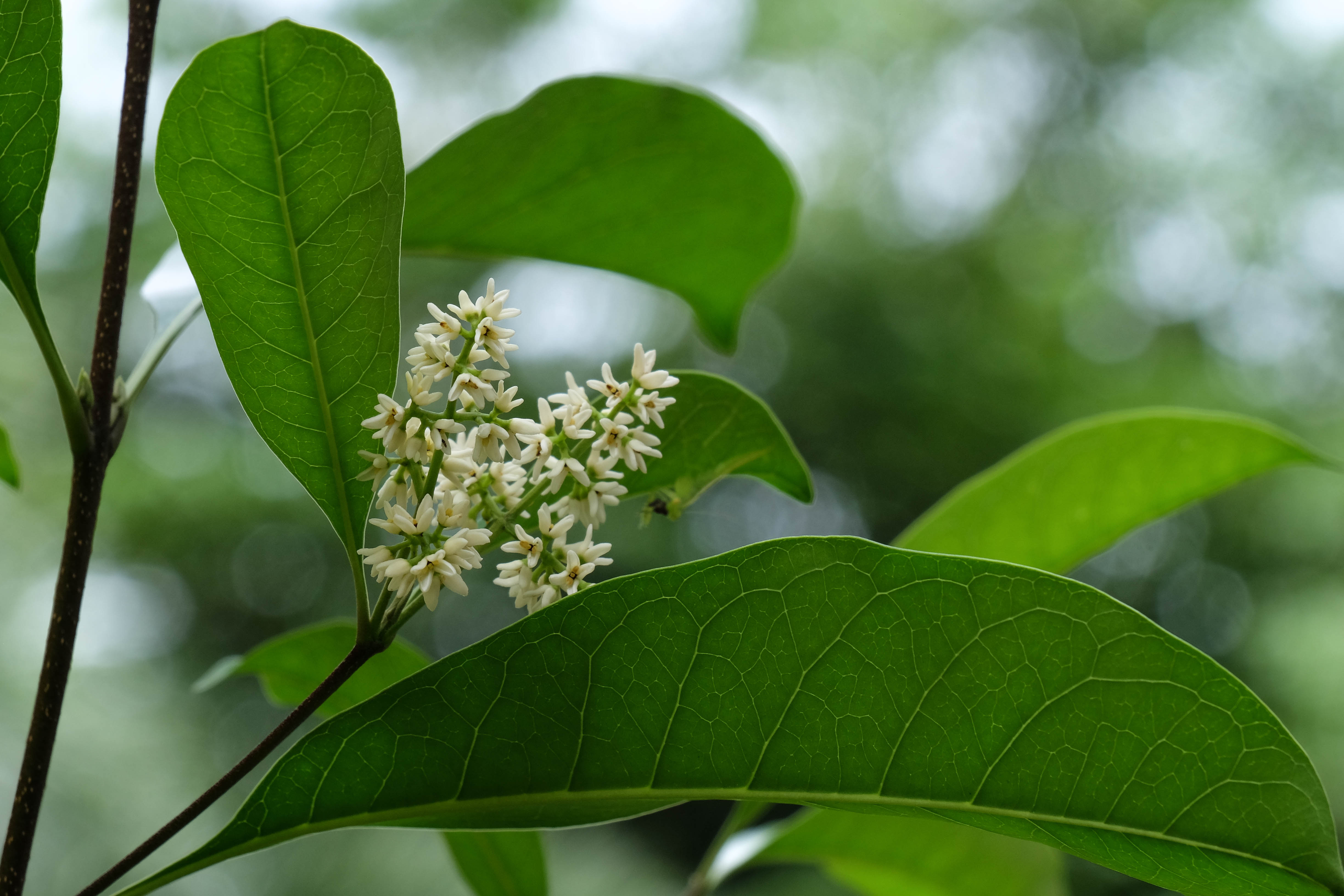Australian olive
(Chionanthus ramiflorus)

Description
Olea paniculata, commonly known as the native olive, is a plant of the genus Olea and a relative of the olive. It grows natively in Pakistan and southwestern China (Yunnan) through tropical Asia to Australia (Queensland and New South Wales) and the Pacific islands of New Caledonia, Vanuatu and Lord Howe Island. It grows as a bushy tree to 30 m (98 ft), often with a sparse canopy. The trunk has smooth grey-brown bark and reaches a maximum diameter of 90 cm (35 in) with some buttressing. The shiny green ovate to elliptical leaves measure 5–10 cm (2.0–3.9 in) in length, and 1.5–6 cm (0.59–2.36 in) in width, and have a pointed (acuminate) end. The blue-black fruit are oval and measure 0.8–1.2 (0.3–0.5 in) cm long. They are ripe from May to September. It resembles the introduced and weedy African olive Olea europaea subsp. cuspidata, but the latter lacks O. paniculata's small depressions between the main and secondary veins on the back of the leaf. The introduced species is found in disturbed Olea paniculata is found from North East Queensland to the vicinity of the Hunter Region in New South Wales. In Australia it is found near watercourses in dry rainforests. Outside Australia it is found in Yunnan province in southwestern China, where it occurs in sheltered wetter valleys 1,200–2,400 m (3,900–7,900 ft) in altitude, as well as India, Indonesia, Kashmir, Malaysia, Nepal, New Guinea, Pakistan, and Sri Lanka. On Lord Howe Island it is widespread below around 500 m (1,600 ft) elevation. It is also found on New Caledonia and Vanuatu.
Taxonomic tree:







